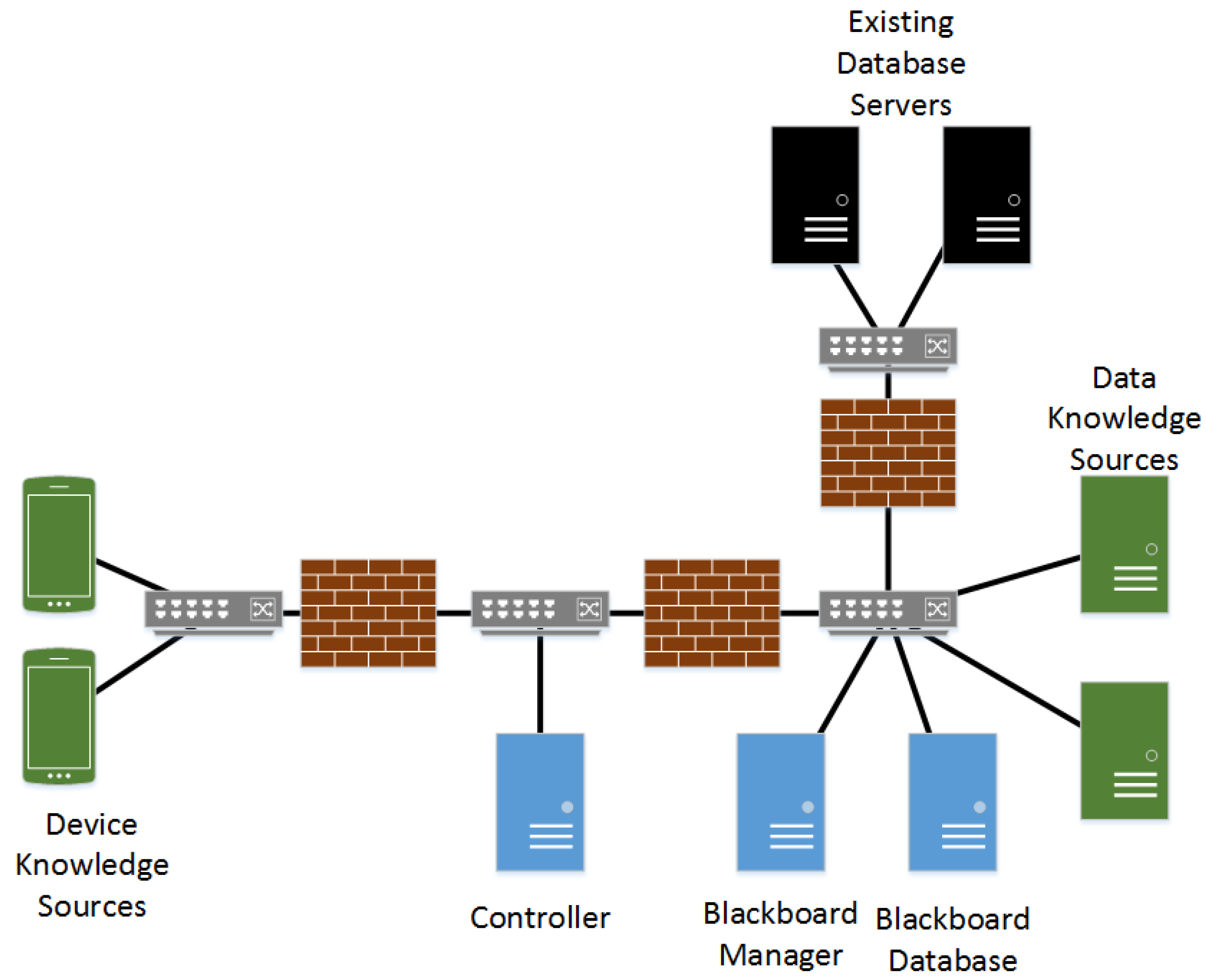

Hacked devices often generate high levels of traffic. By analyzing traffic levels, for instance, you can quickly catch unexpected increases in traffic, possibly signaling malicious activity. Network analysis is also important for ensuring network security. Users must perform network analysis to identify bottlenecks, capacity issues, and more, to effectively troubleshoot current slowdowns and plan for future network needs. Effective networks support business processes at all levels, and slowdowns or failures on a network can immediately impact business productivity.

Network analysis is all about ensuring the network is currently functional and will continue to be functional in the future. Network analysis plays a critical role in any IT management strategy. The main differences between network analysis tools involve which parts of the network the tool focuses on, the number of protocols they can decode (and the quality of this process), how the user interface looks, and what graphs or data analysis it can produce.
#Network analysis definition in computer software
Sometimes a network analyzer will be standalone hardware with software installed on it, while other times it’ll be software installed on a computer as part of the network. Network analyzer systems are a combination of hardware and software.

Network analyzer software can even help determine which parts of the network have been targeted by a DDoS attack-and the source of the attack. Software applications with network analyzer functions can also be used to locate faulty hardware and applications creating bandwidth bottlenecks. Network analysis tools can assist with a variety of tasks, from general troubleshooting and monitoring wireless network availability and throughput to security countermeasures like detecting spyware and unauthorized, potentially malicious activity. In addition to collecting information about data moving across the network, network analysis tools decode the data and display important metrics about it in an easy-to-parse user dashboard, allowing users to understand the current state of network activity at a glance. The processes of identifying and troubleshooting network-related issues is network analysis. Here is a quick example: if the cloud- and web-based elements of your networking environment are experiencing slowdowns, one of the first things you’ll want to check is your Wi-Fi signal, as this could be a contributor to service outages. Network analysis can be also called network packet analysis or sniffing.


 0 kommentar(er)
0 kommentar(er)
